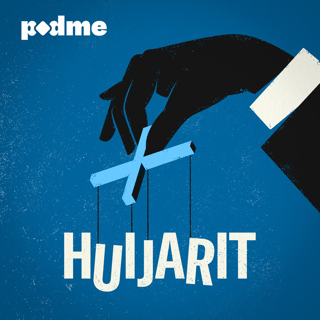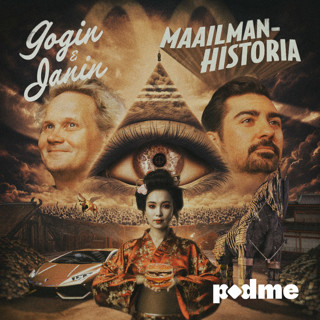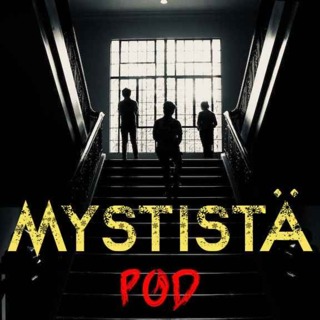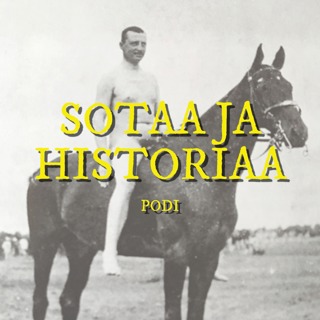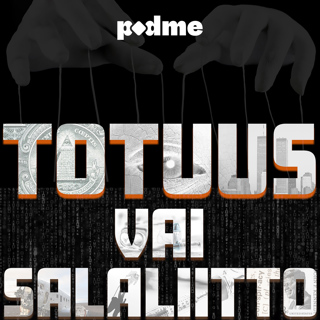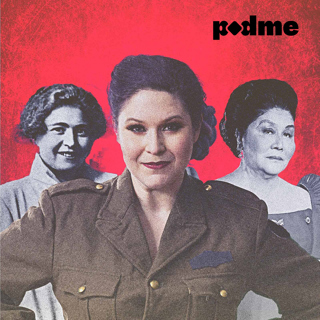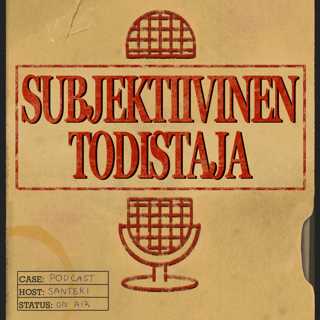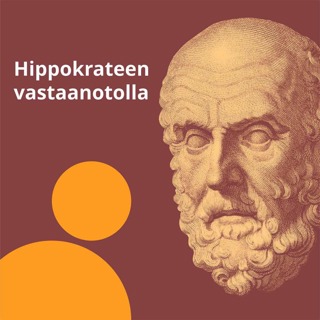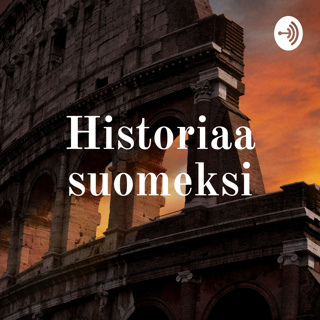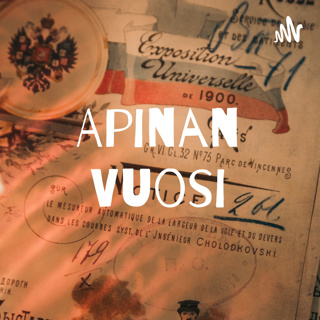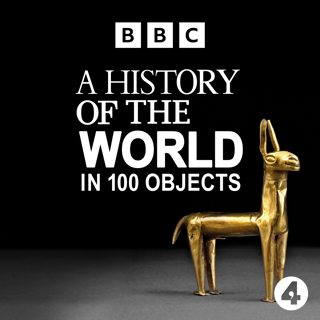
Statue of Huastec goddess
The history of humanity as told through one hundred objects from the British Museum in London is in Mexico. This week Neil MacGregor is meeting the Gods - exploring the sophistication of religious art in the 14th and 15th centuries as people around the world created physical expressions for devotion and for representing the divine. Today he is with a striking sandstone sculpture of a goddess made by the Huastec people of present day Mexico. This remarkable figure stands bare breasted with hands folded over her stomach and wearing a remarkable fan-shaped headdress. She has been associated with the later Aztec goddess of sexuality and fertility. The writer Marina Warner describes the power of the goddess figure in matters of fertility and sexuality while the art historian Kim Richter describes the particular nature of Huastec society and sculpture.Producer: Anthony Denselow
8 Heinä 201013min

Shiva and Parvati sculpture
The history of humanity as told through one hundred objects from the British Museum in London is back in India. This week Neil MacGregor is with the gods - exploring the sophistication of religious art in the 14th and 15th centuries, as people around the world sought ways of finding physical expression for devotion and for representing the divine. Today Neil is with a magnificent stone sculpture showing the powerful deity Shiva with his consort Parvati seated on his knee - two of the most beloved and familiar figures of Hinduism. The vehicles of the deities, a bull and a lion, and their children sit at their feet, while a host of supporting musicians and attendants swirl around their heads. Neil considers how images like this help cement the relationship between deity and devotee. The writer Karen Armstrong considers the special relationship between male and female aspects in spiritual practice while the Hindu cleric Shaunaka Rishi Das explores the particular characteristics of Shiva and Parvati and considers the religious significance of their union.Producer: Anthony Denselow
7 Heinä 201013min

Icon of the Triumph of Orthodoxy
This week Neil MacGregor's world history as told through objects is describing how people expressed devotion and connection with the divine in the 14th and 15th centuries. Today he is with an icon from Constantinople that looks back in history to celebrate the overthrow of iconoclasm and the restoration of holy images in AD 843 - a moment of triumph for the Orthodox branch of the Christian Church. This icon shows the annual festival of orthodoxy celebrated on the first Sunday of Lent, with historical figures of that time and a famous depiction of the Virgin Mary. The American artist Bill Viola responds to the icon and describes the special characteristics of religious painting. And the historian Diarmaid MacCulloch describes the often troubled relationship between the Church and the images it has produced.Producer: Anthony Denselow
6 Heinä 201014min

Holy Thorn Reliquary
Neil MacGregor's world history as told through things. This week he is exploring the sophisticated ways that people expressed religious yearning in the 14th and 15th centuries. He is looking at the statues of gods and ancestors - in India, Mexico and on Easter Island - and he describes the importance of icon painting in the Orthodox Church. Today he is with an object designed to connect with Christ himself - a stunning Christian reliquary from medieval Europe made to house a thorn from the crown of thorns. Neil tells the story of this highly ornate reliquary while Sister Benedicta Ward and the Archbishop of Leeds, the Right Reverend Arthur Roche, help explain the background and meaning to the powerful tradition of relic worship.Producer: Anthony Denselow
5 Heinä 201013min

Taino ritual seat
The history of humanity as told through one hundred objects from the British Museum. This week the Museum's director, Neil MacGregor, is exploring high status objects from across the world around 700 years ago. Today he tells the story of a beautifully carved ritual seat - an object which has survived the destruction of the Caribbean culture that produced. This four legged wooden stool, or duho, with its long shape and wide-eyed face probably belonged to a chief, or "cacique" of the Taino people of the Caribbean. Taino was a term used to describe a spectrum of peoples who originated in South America and who populated the whole region, including Cuba, Hispaniola, Puerto Rico and Jamaica. Neil tells the story of the Taino speaking people and their demise following the arrival of Europeans. The archaeologist Jose Oliver looks at how the Taino spread around the Caribbean while the Puerto Rican scholar Gabriel Haslip-Vieira explains their impact on the region today. Producer: Anthony Denselow
2 Heinä 201014min

The David Vases
The history of the world as told through objects that time has left behind. This week Neil MacGregor, the director of the British Museum, has chosen some of the great status symbols of the world around 700 years ago - objects with quite surprising links across the globe. Today he is with a pair of porcelain vases from Yuan dynasty China. This instantly recognisable blue-and-white designed porcelain - that we usually associate with the Ming Dynasty - rapidly became influential and desirable around the world. Neil describes the history of porcelain and the use of these vases in a temple setting. The historian Craig Clunas talks about the volatile world of Yuan China while the writer Jenny Uglow tries to put her finger on just why we find Chinese porcelain so appealing.Producer: Anthony Denselow
1 Heinä 201014min

Ife head
The history of humanity as told through one hundred objects from the British Museum is back in Africa. This week Neil MacGregor is exploring high status objects from across the world around 700 years ago. Today he has chosen a sculpture widely considered as one of the highest achievements of world art. It comes from Ife, a city now in South-Western Nigeria. It's a slightly less than life sized representation of a human head, made in brass at a time when metal casting had become a hugely sophisticated art. The head, with its deeply naturalistic features, was probably that of a great king or leader although its exact function remains uncertain. The head leads Neil to consider the political, economic and spiritual life of the Yoruba city state that produced it. The writer Ben Okri responds to the mood of the sculpture while the art historian Babatunde Lawal considers what role it might have played in traditional tribal life.Producer: Anthony Denselow
30 Kesä 201014min

Hebrew astrolabe
Neil MacGregor's world history as told through objects at the British Museum. This week he is exploring high status objects from across the world around 700 years ago. Today he has chosen an astronomical instrument that could perform multiple tasks in the medieval age, from working out the time to preparing horoscopes. It is called an astrolabe and originates from Spain at a time when Christianity, Islam and Judaism coexisted and collaborated with relative ease - indeed this instrument carries symbols recognisable to all three religions. Neil considers who it was made for and how it was used. The astrolabe's curator, Silke Ackermann, describes the device and its markings, while the historian Sir John Elliott discusses the political and religious climate of 14th century Spain. Was it as tolerant as it seems?Producer: Anthony Denselow
29 Kesä 201014min




